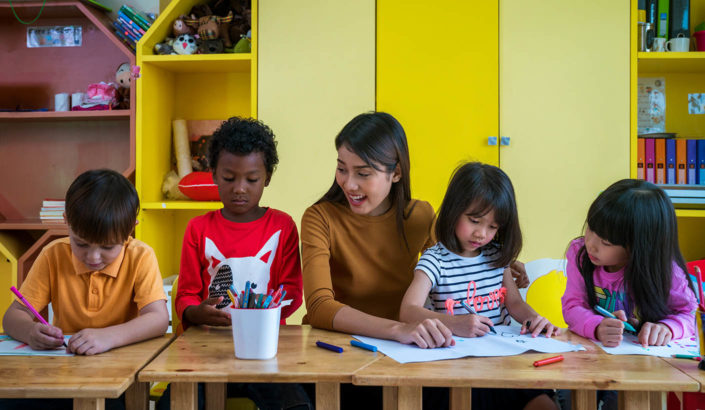To find what you need quickly, sort the practices by age level and duration.
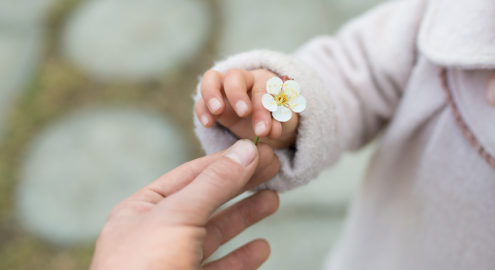
Giving Thanks
Students define gratitude and name things they’re grateful for.

Gratitude for the Wider School Community
Staff members express gratitude for others in the school community.

Looking for Gratitude in School
Students walk silently around school, noticing people they are grateful for and telling them so.

Gratitude Journal for Students
Students write five things they’re grateful for once a day for two weeks.

Gratitude Letter for Students
Students write a letter of thanks and deliver it in person.

Discover Your Great Full Self
Students identify their strengths to increase self-understanding. (Gratitude for Tweens and Teens Lesson 1)

See the Good Challenge
Students recognize the costs and benefits involved in a kind act. (Gratitude for Tweens and Teens Lesson 2)
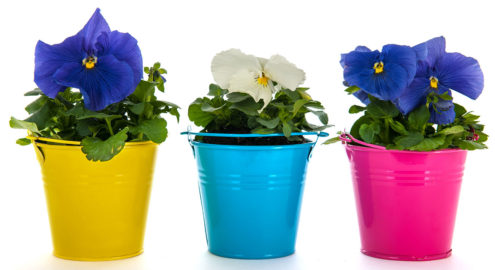
Seeing the Good in Others
Students look for the good in others by acknowledging each other’s strengths. (Gratitude for Tweens and Teens Lesson 3)

Thank You for Believing in Me
Students learn how to think gratefully. (Gratitude for Tweens and Teens Lesson 4)

People Who Made a Difference
Students express gratitude to people whose actions have benefited society.
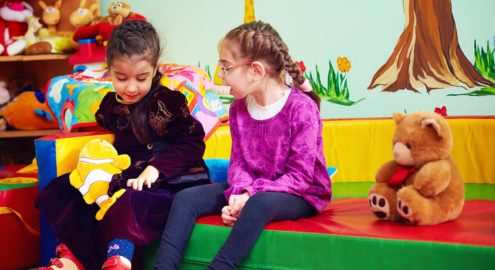
Sharing Gratitude Stories
Students share stories about a time they felt grateful.

Gratitude Circle for Staff Members
Say “thank you” to other staff members for small favors or kindnesses.
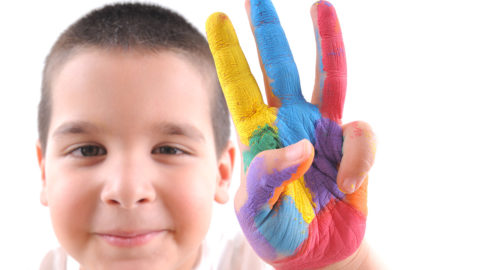
Three Good Things for Students
Students record three good things that happened to them each day for a week.

Giving Wise Feedback
A simple way to build students’ academic mindset, trust, and positive identity.

1-2-3 Clap: A School Team Building Activity
A fun counting and clapping activity to build positive group energy and to say “thumbs up” to mistakes.

What’s New?
A quick welcoming activity in which everyone’s voice is heard and valued
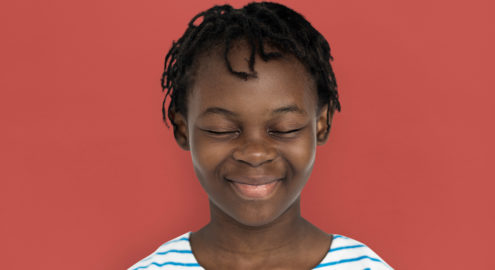
Acts of Kindness
Students draw and write about ways they have acted with kindness towards others.
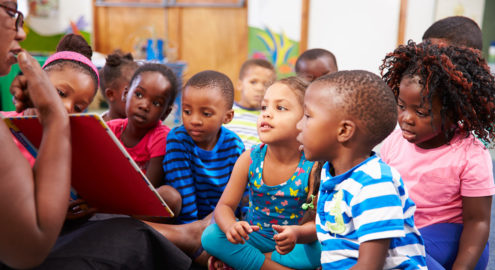
What Friends Do
Students learn how kindness and gratitude strengthen friendships through Splat the Cat.

Are you ready to build a kinder, happier school where everyone belongs? Join Greater Good Educators! Explore the science of well-being in a supportive community of educators from around the world. Registration is now open for the 2025-2026 school year!


